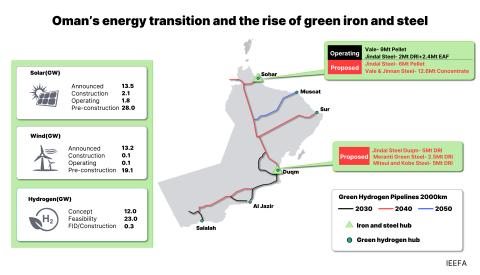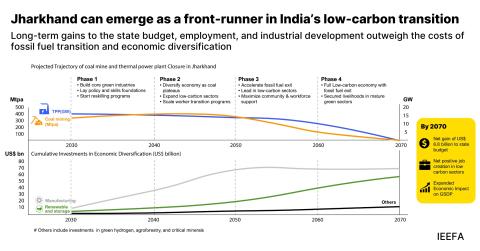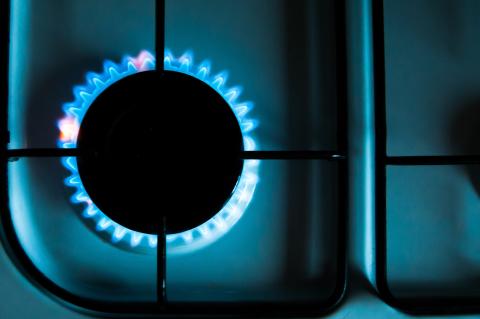Cleaned out by bankruptcy: A primer on environmental cleanup duties in bankruptcy
Download Full Report
Key Findings
The federal bankruptcy process creates an orderly way for a company to resolve its financial liabilities—that is, its legal and contractual obligations to pay cash to other parties.
As soon as a company begins drilling a well, constructing an offshore oil platform, or building a pipeline, it incurs a cleanup duty—called an “asset retirement obligation”—that endures until the asset is fully retired.
Even though bankruptcy law puts secured creditors at the top of the bankruptcy cascade, asset retirement obligations can undermine secured claims.
Executive Summary
For the oil and gas industry, bankruptcy has become commonplace. From the beginning of 2015 through September 2019, nearly 200 North American oil and gas producers filed for bankruptcy protection, restructuring more than $100 billion in debt.
In theory, bankruptcy gives a company a fresh start, wiping away debts to give a firm a fighting chance at making a profit. But what about cleanup responsibilities? When an oil and gas company files for bankruptcy, is it still on the hook for plugging old wells and cleaning up contaminated sites?
The simple answer is: Yes, oil companies are still responsible for cleanup—even after bankruptcy. Although bankruptcy erases many liabilities, federal bankruptcy law does not let oil companies dodge responsibility for plugging old wells, rehabilitating drilling sites, or cleaning up contamination.
This has profound implications for investors. When a company declares bankruptcy, investors may hold out hope that they’ll still recover some of their money in the bankruptcy process. But bankruptcy law is clear: cleanup obligations have high priority in bankruptcy, which can make it harder for creditors to recover money from bankrupt companies.
Press release: Money owed to PREPA bondholders should be written off to meet long-term goals
Please view full report PDF for references and sources.















